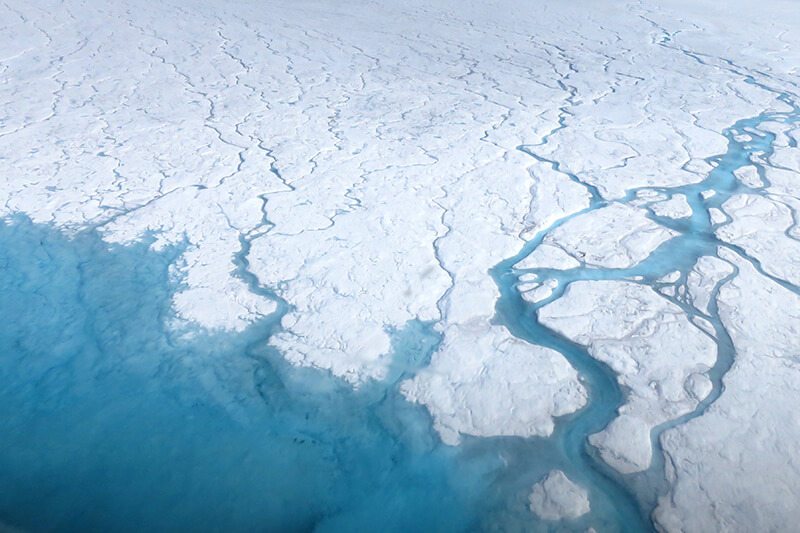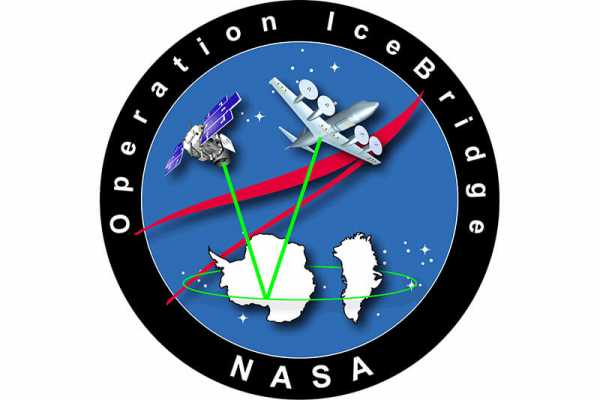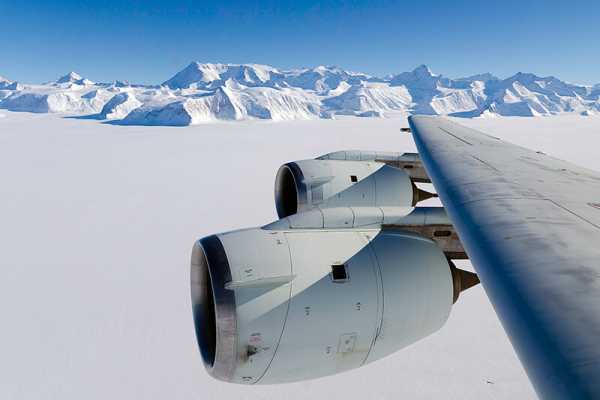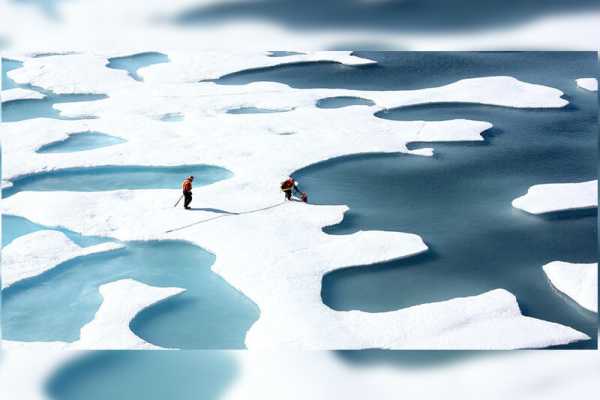
NASA’s airborne study of polar ice called the Operation IceBridge flew over Greenland for the second time this year so as to examine the influence of the summer melt season on the ice sheet.In Operation IceBridge NASA uses a fleet of research aircraft in order to monitor the polar regions’ annual fluctuations due to climate change.
–

–
Joe MacGregor, who is the deputy project scientist of IceBridge, declared in a statement that earlier in IceBridge’s history, they only examined or studied the elevation of these glaciers once in a year . However, now they are beginning to complete the picture of what occurs to ice sheets as the year goes on, particularly after most of the summer melting has already happened so that they can measure their combined response to that melt.ontinuously hotter temperatures have taken a toll on the sea ice and polar land, and for more than a decade, global sea ice has been melting and thinning. In addition to that, NASA scientists have called these exhausted ice levels the “new normal.”
–

–
One of the preferences for the present IceBridge mission was to survey Helheim Glacier. NASA carried it out on Aug 29. Scientists closely monitor Helheim, as it is one of Greenland’s largest and fastest-melting glaciers. The IceBridge team captured pictures of the glacier’s characteristic wishbone-shaped channels from a height of approximately 20,000 feet which is 6,100 meters.Operation IceBridge’s summer campaign has combined flights over glaciers along Greenland’s south-east, north-west and south-west coasts so far. The IceBridge aircraft also backtracked the land, Ice and Cloud Elevation Satellite’s (ICESat) orbit over Greenland to analyse how ice thickness has changed in the area.
–

–
As the IceBridge summer campaign approaches its end, flights will include critical areas in central and southern Greenland, covering the Jakobshavn Isbræ, which is the world’s fastest-moving glacier.Operation IceBridge’s mission is to offer critical analyses on changing polar land and sea ice to join the gap between ICESat missions — the original ICESat mission served from 2003 to 2009, and the planned ICESat-2 is programmed to launch in 2018.